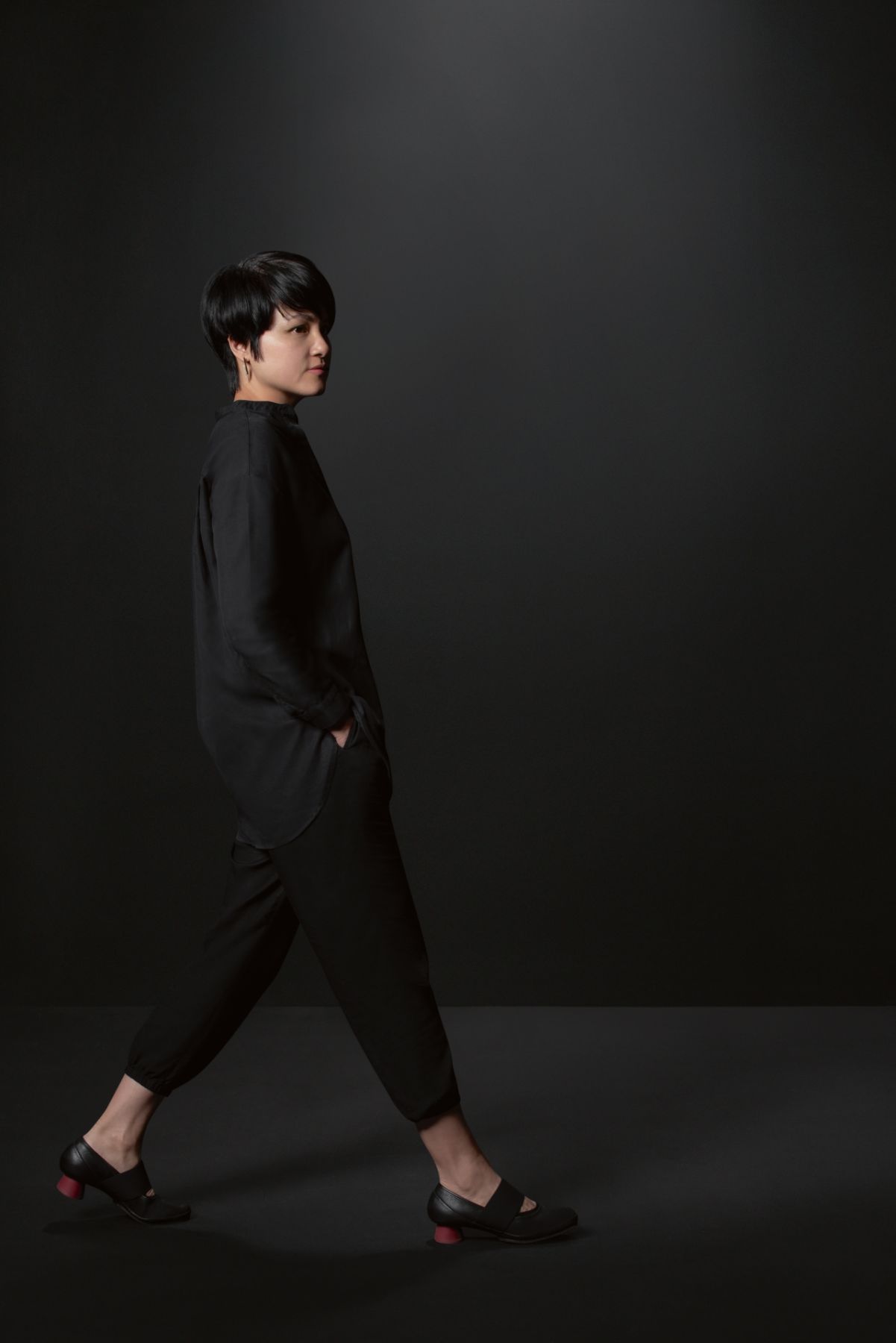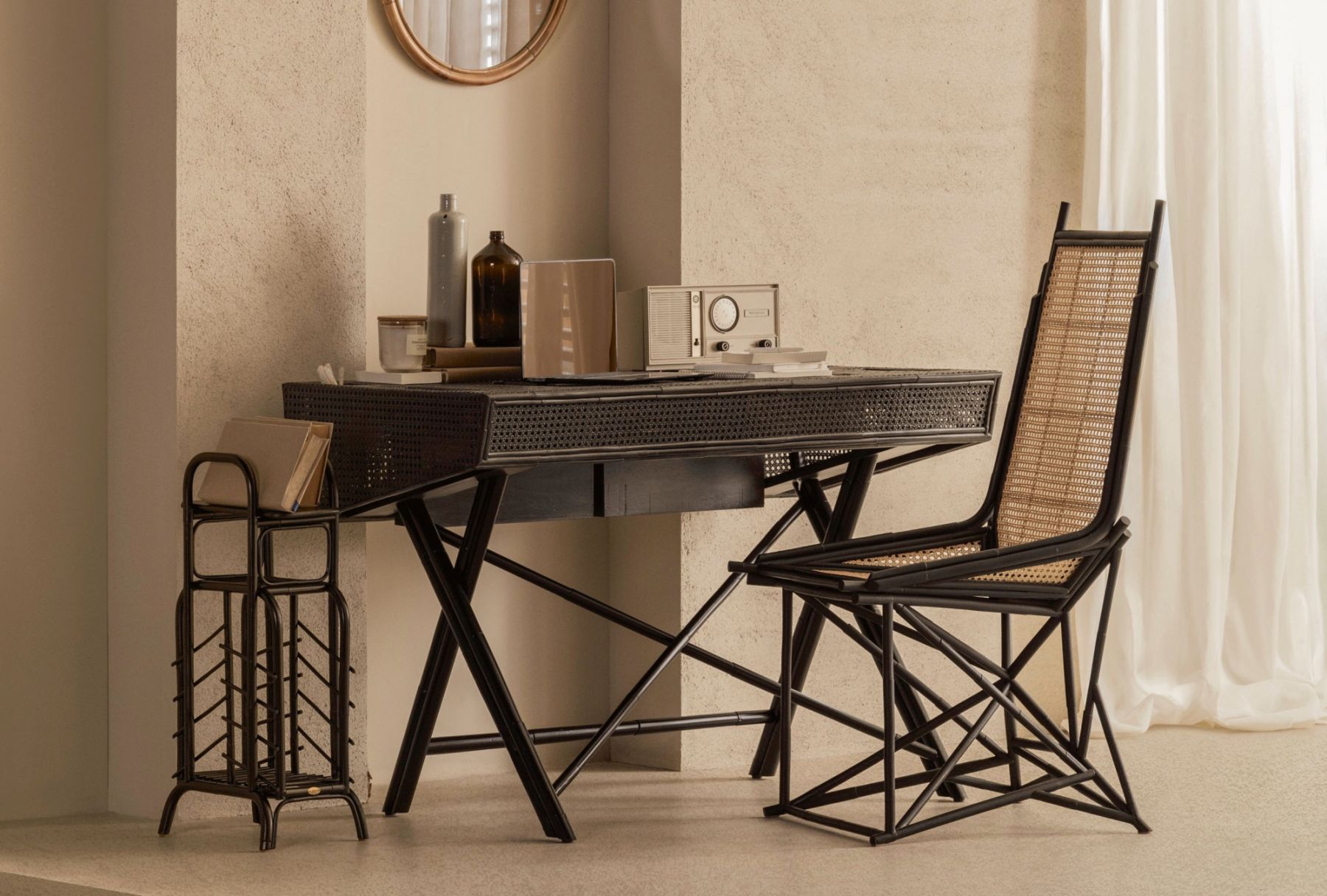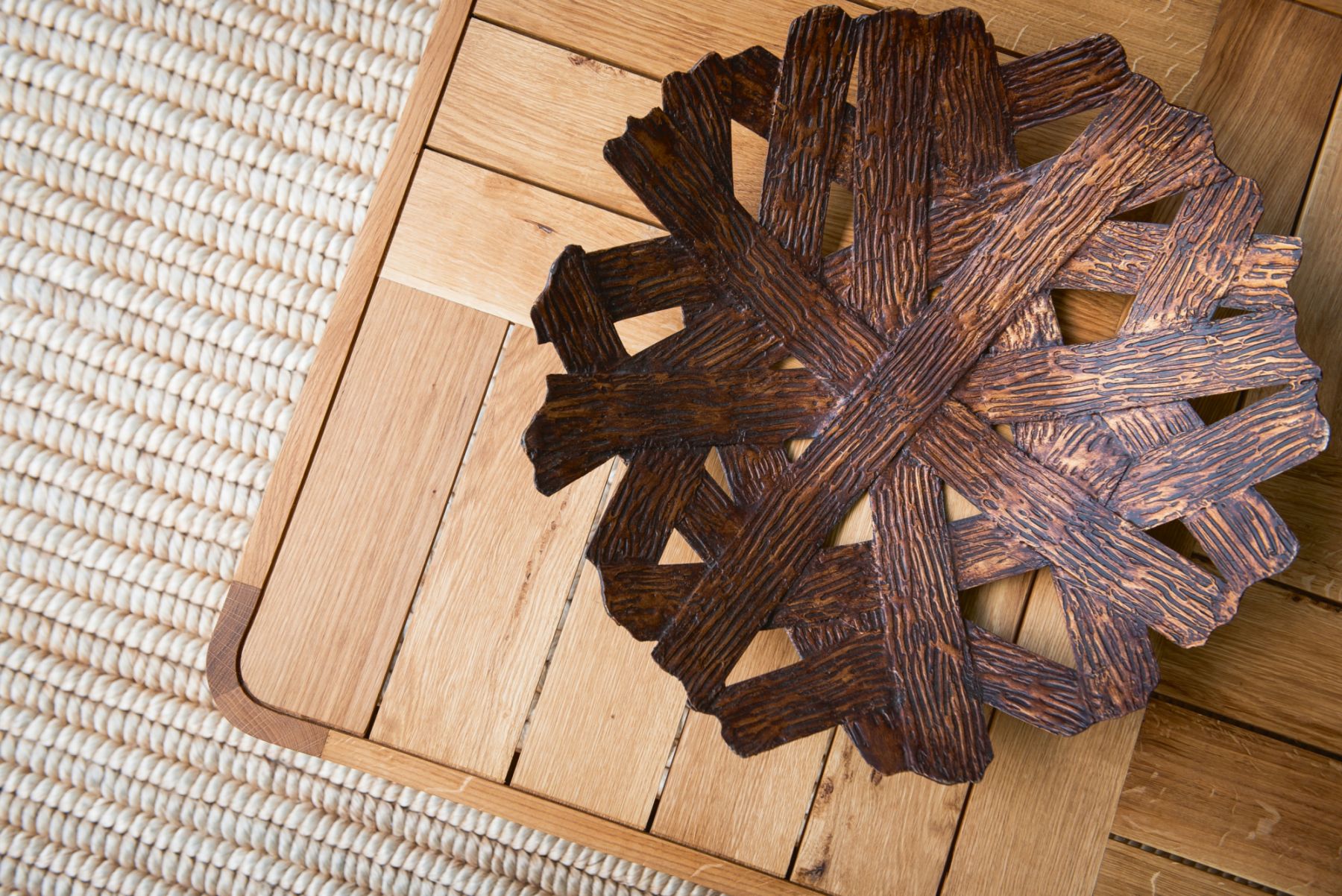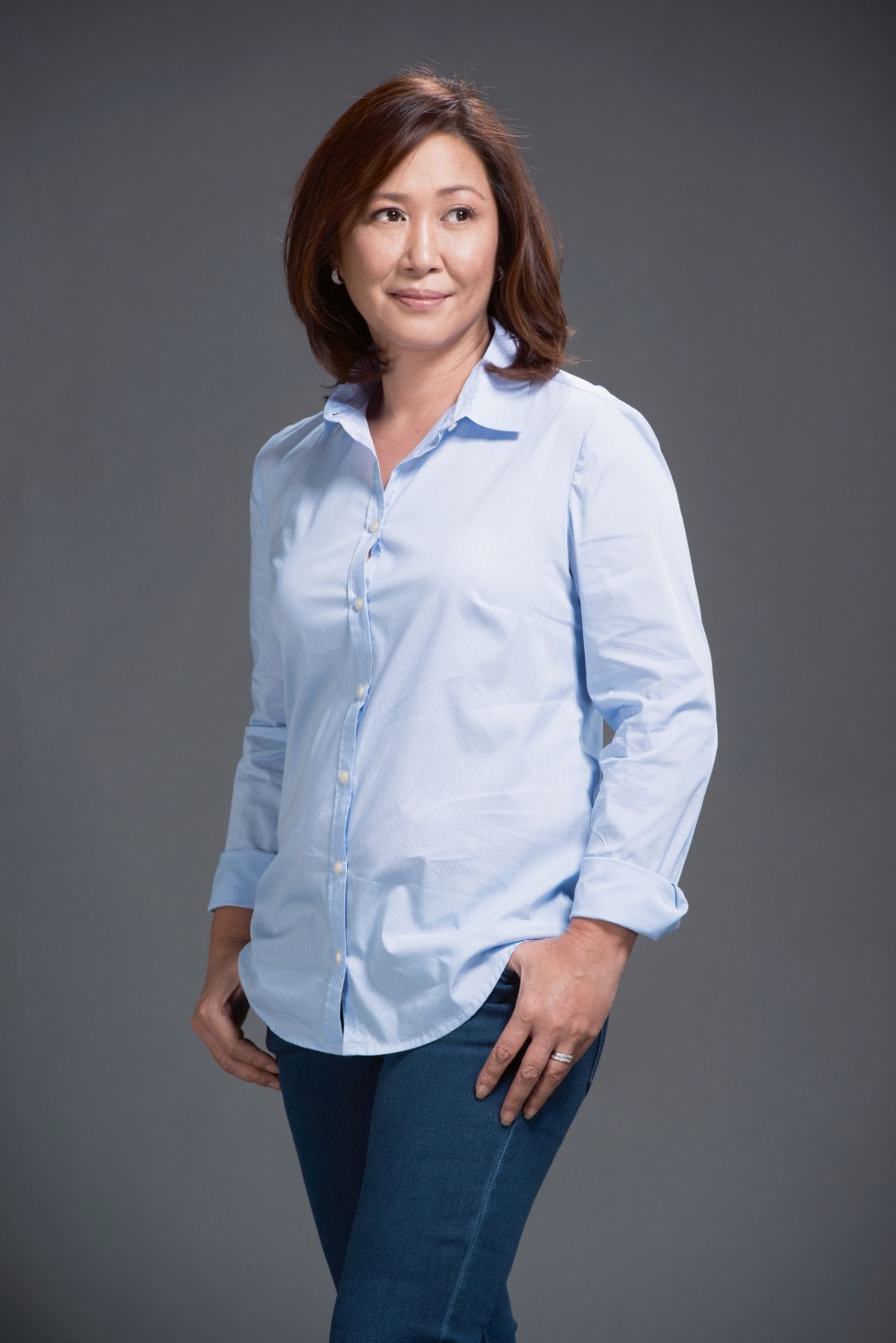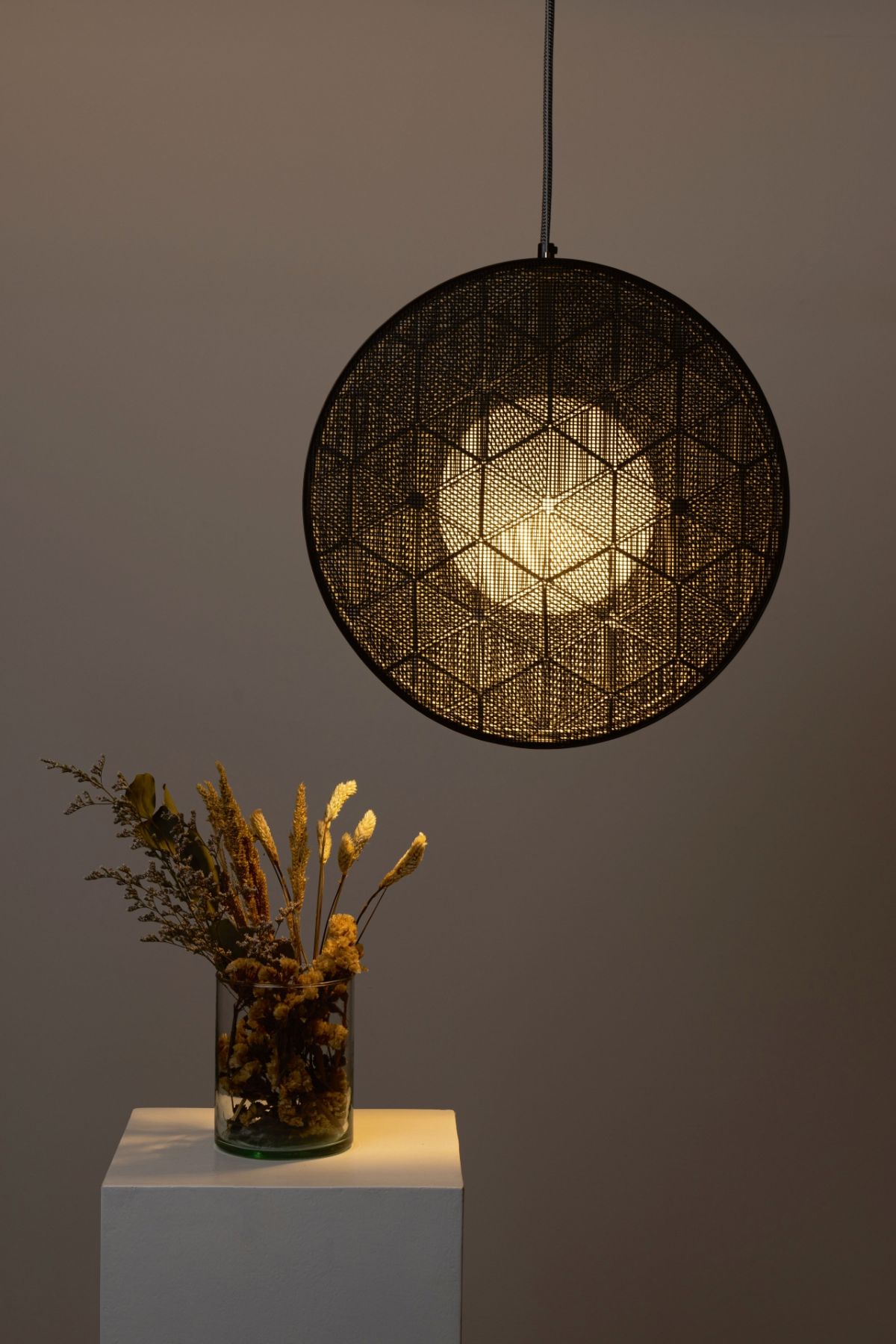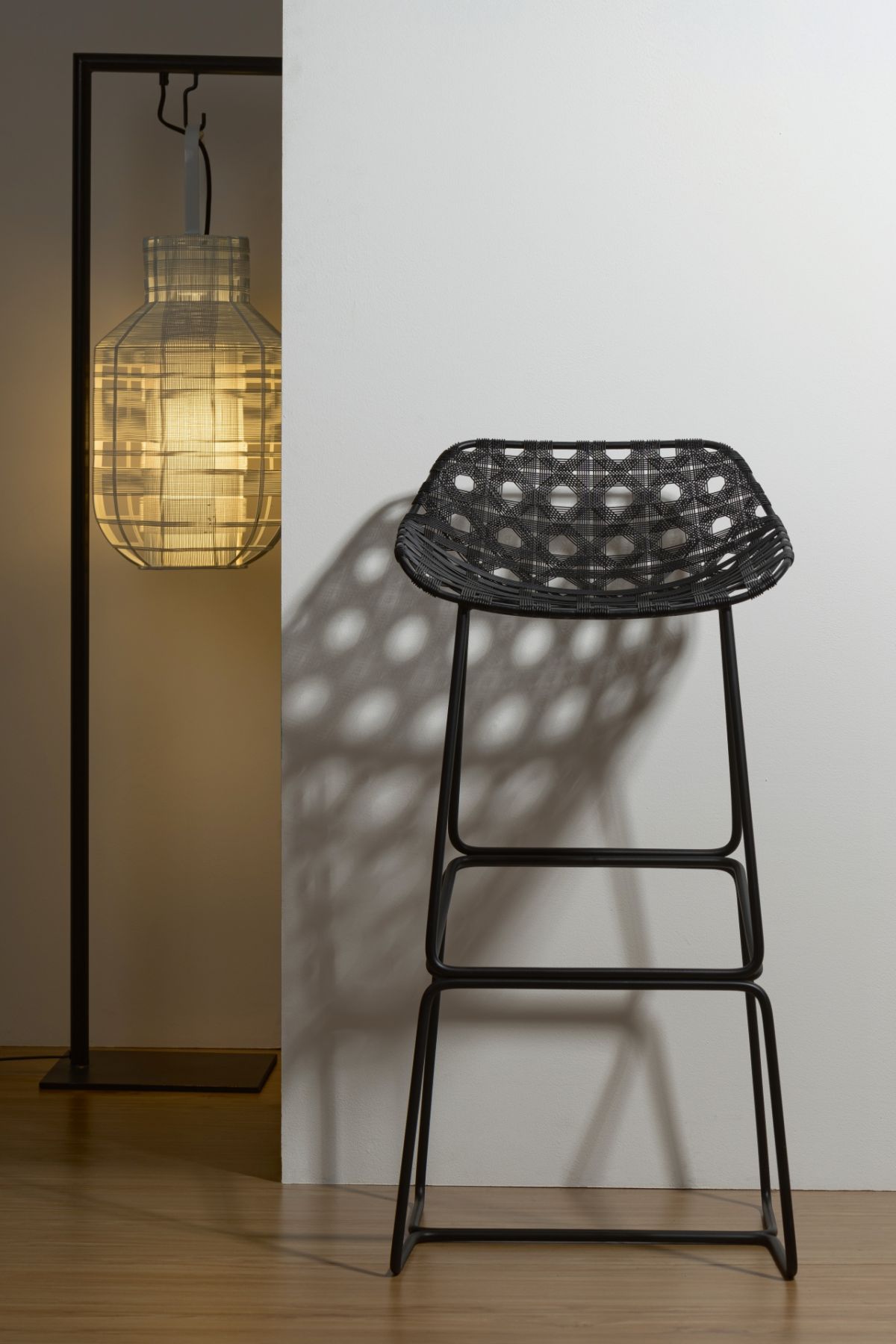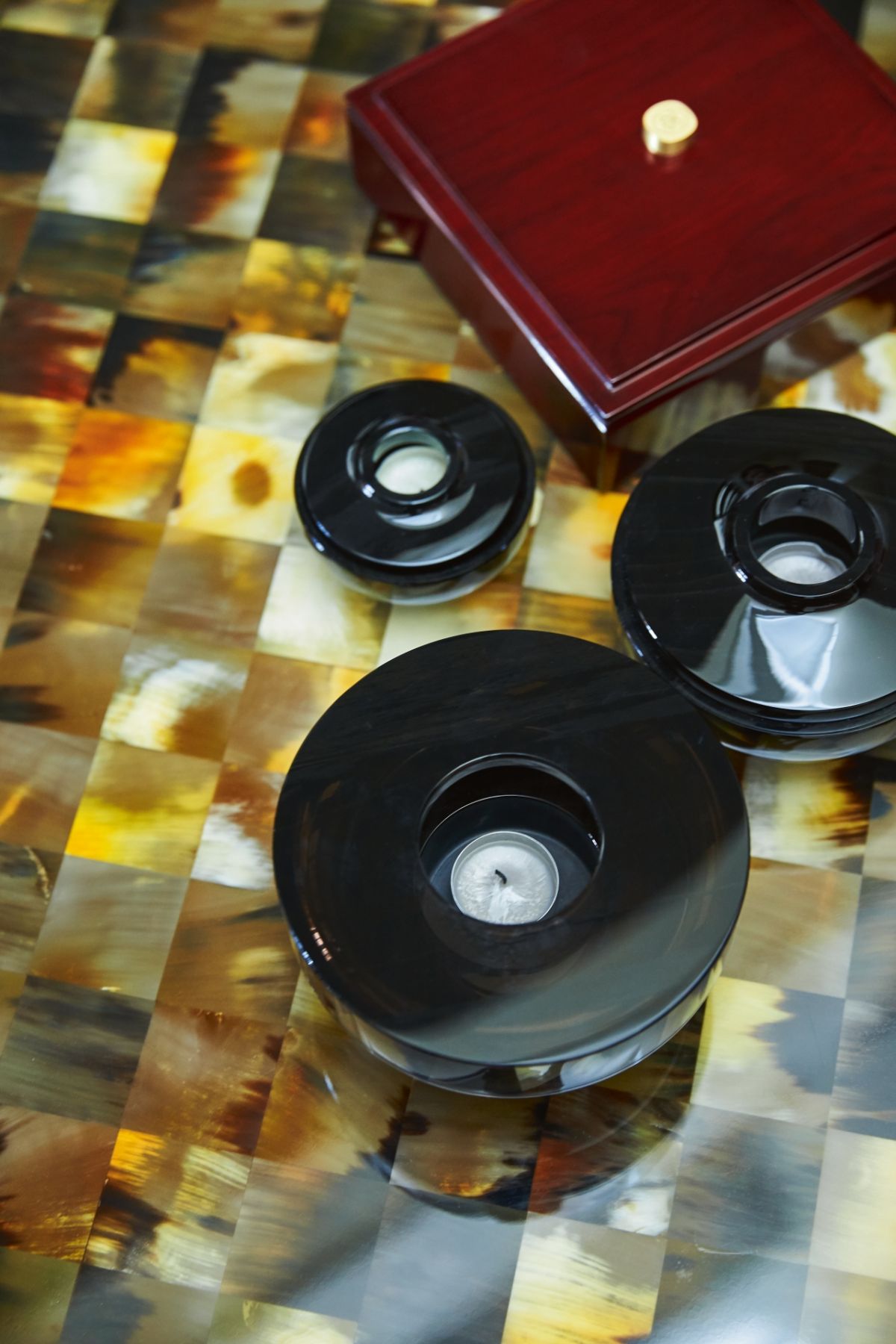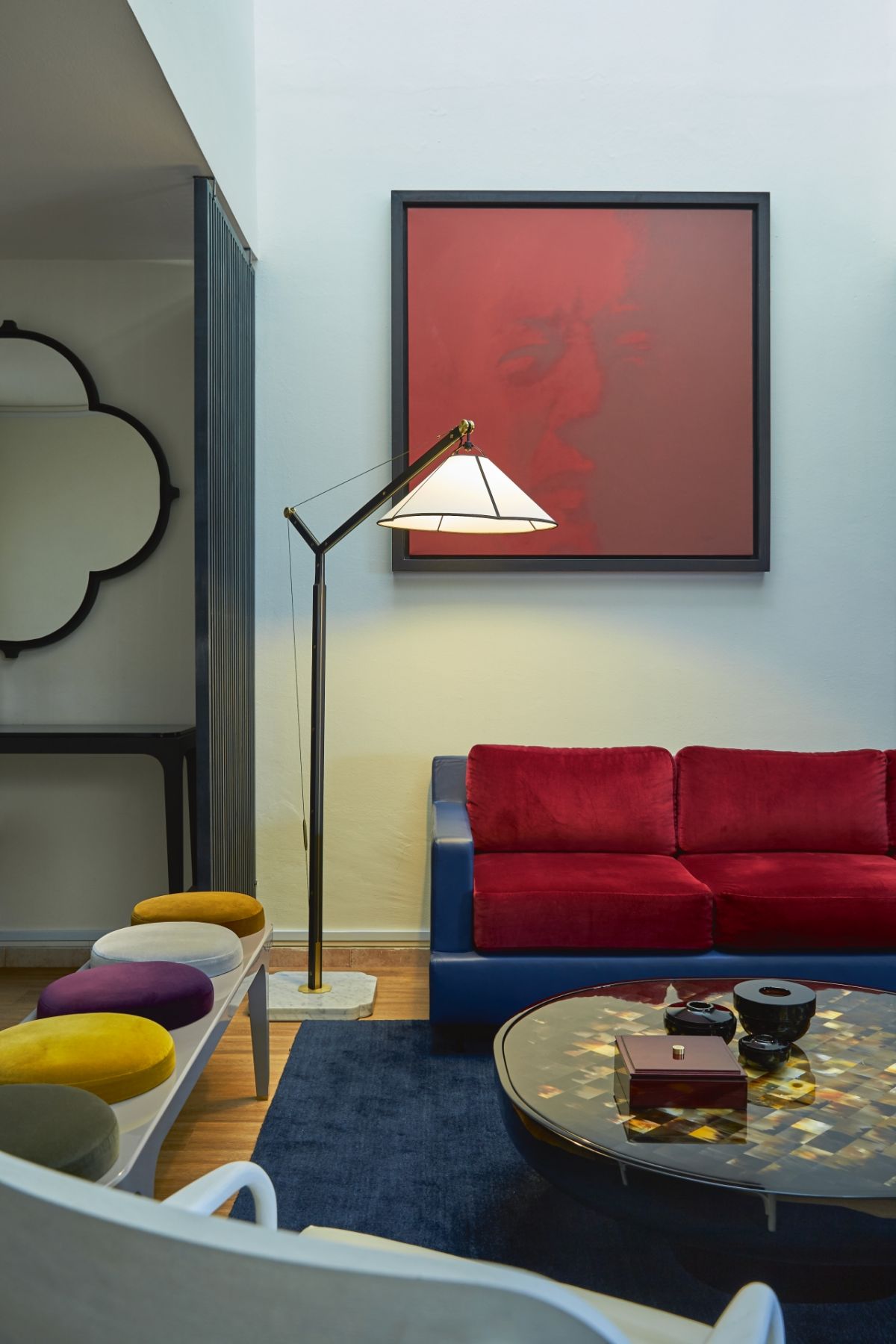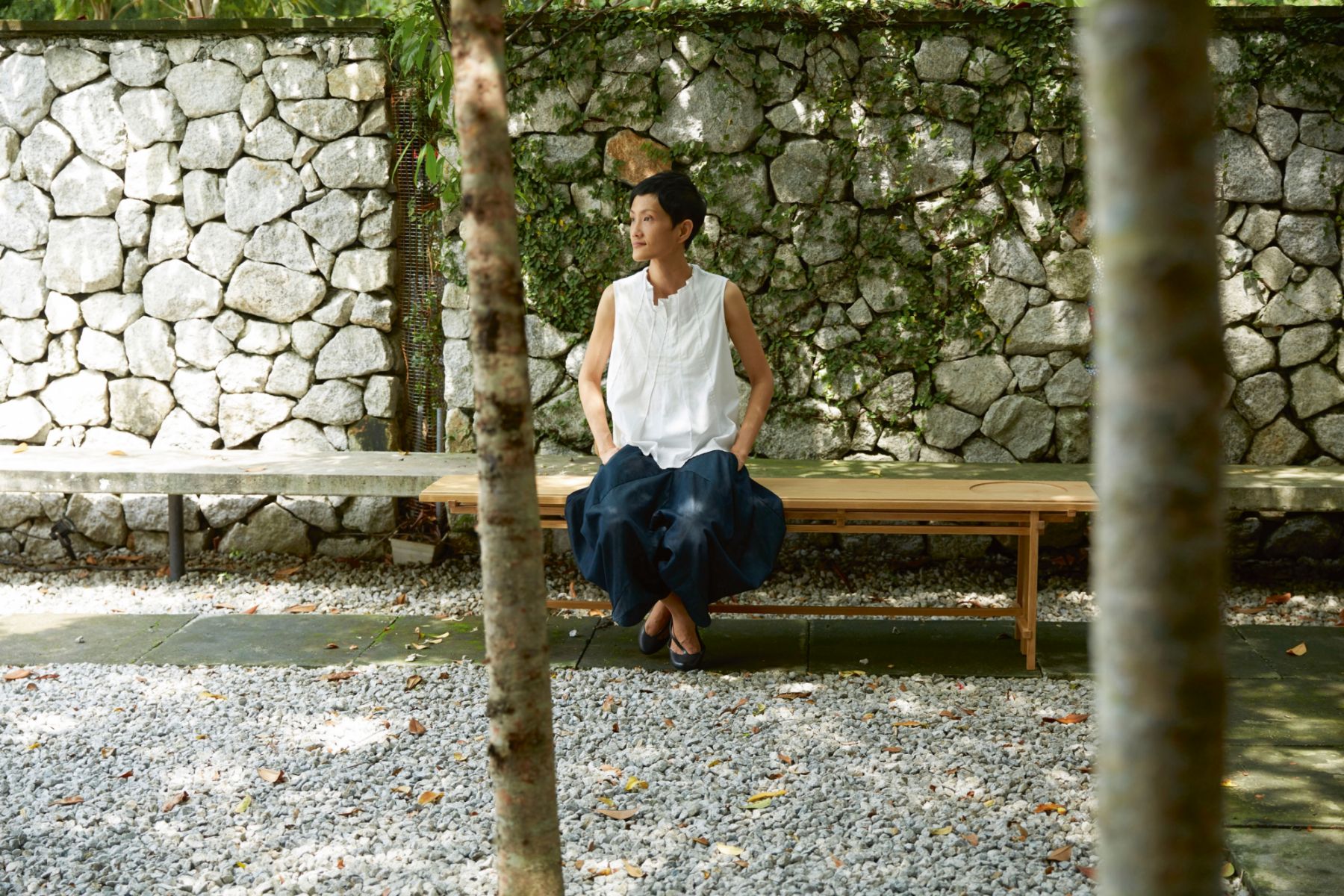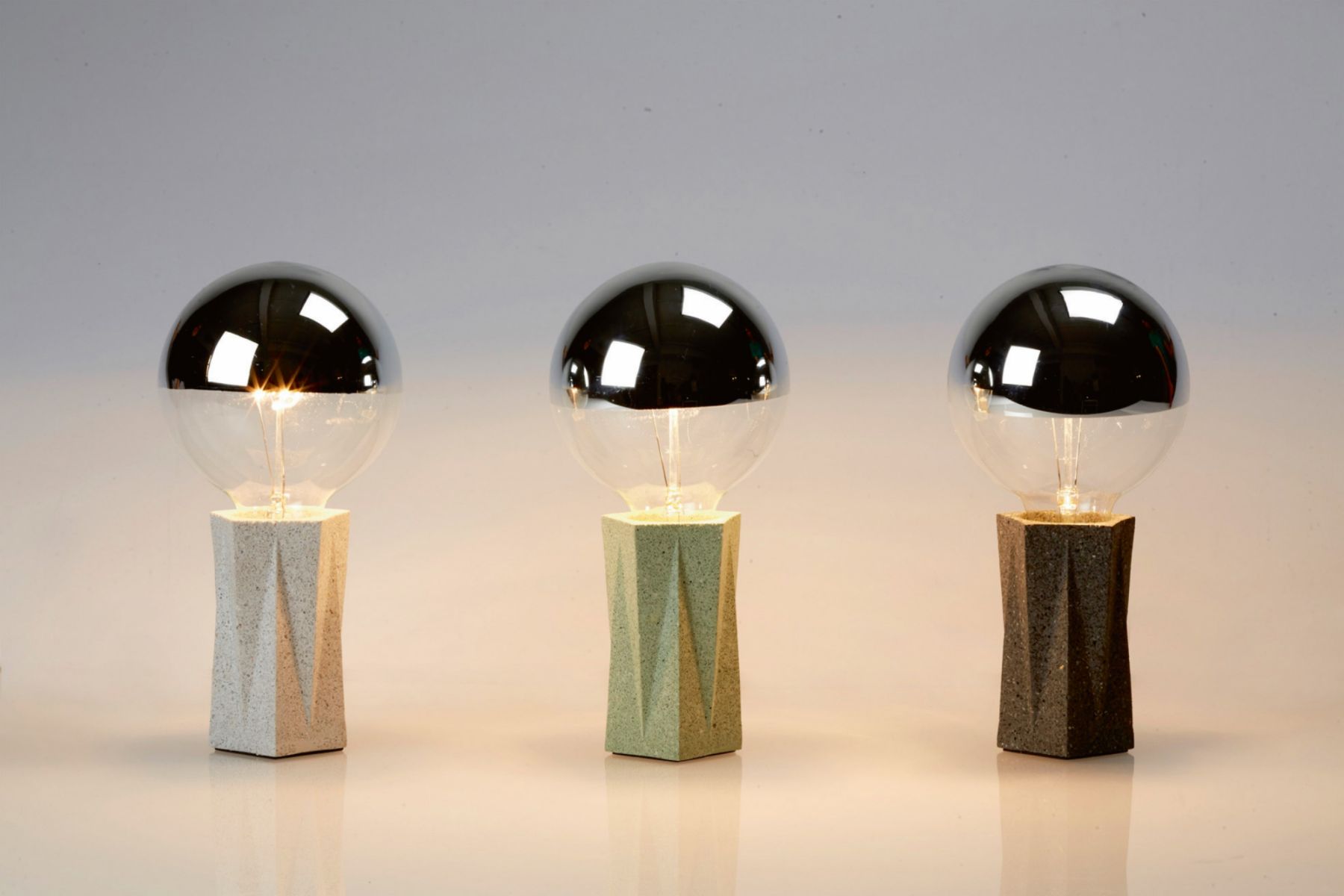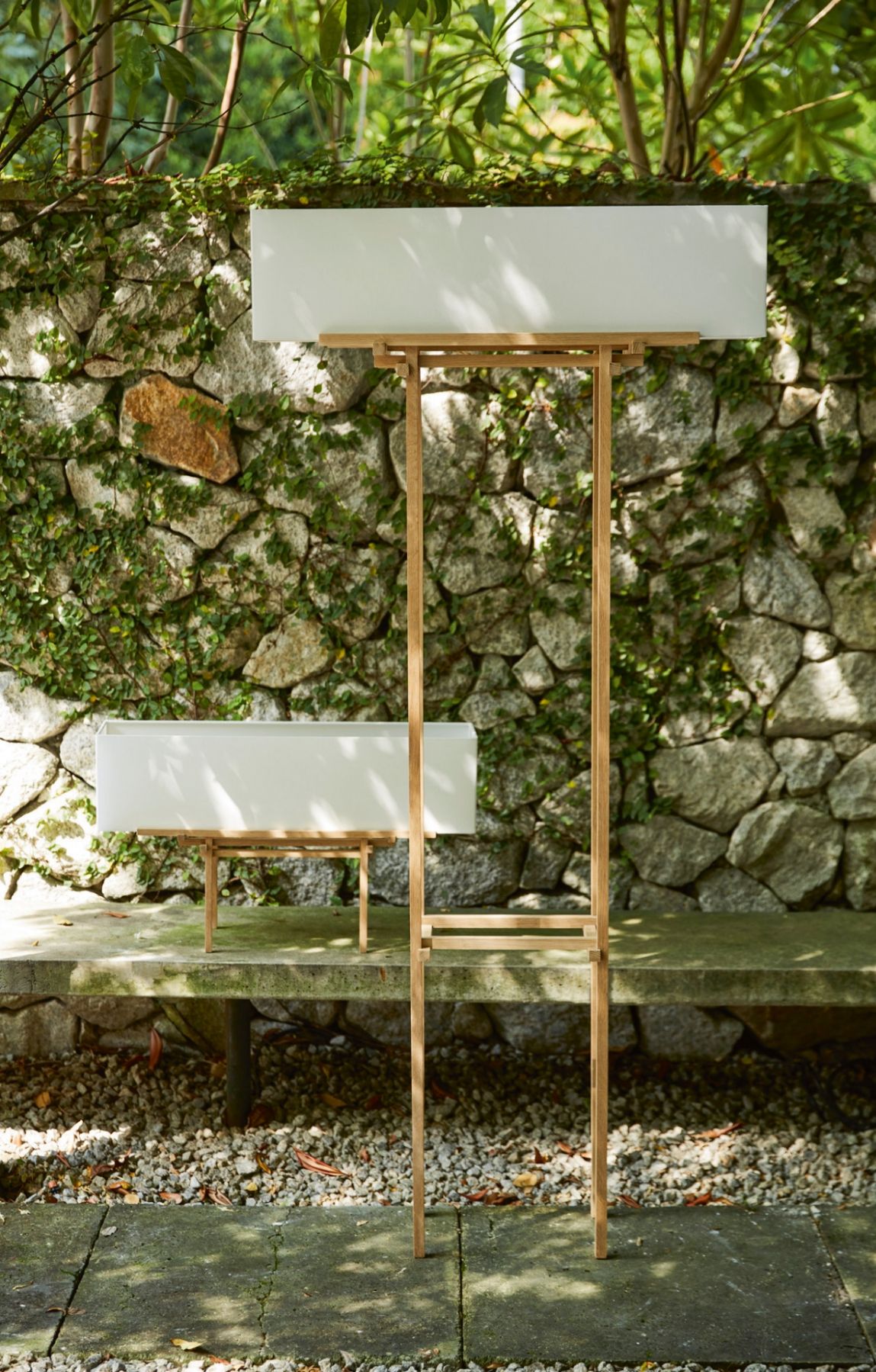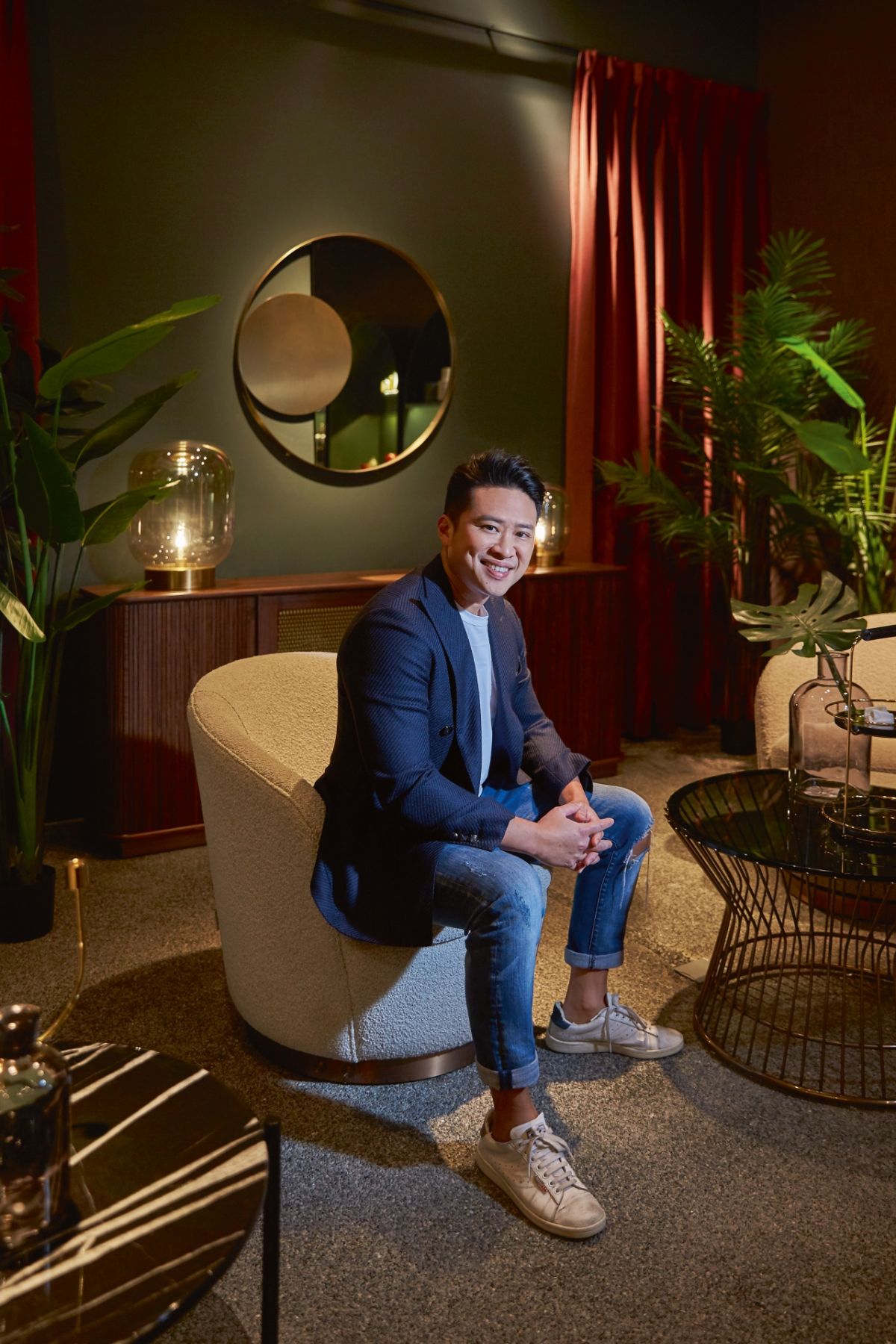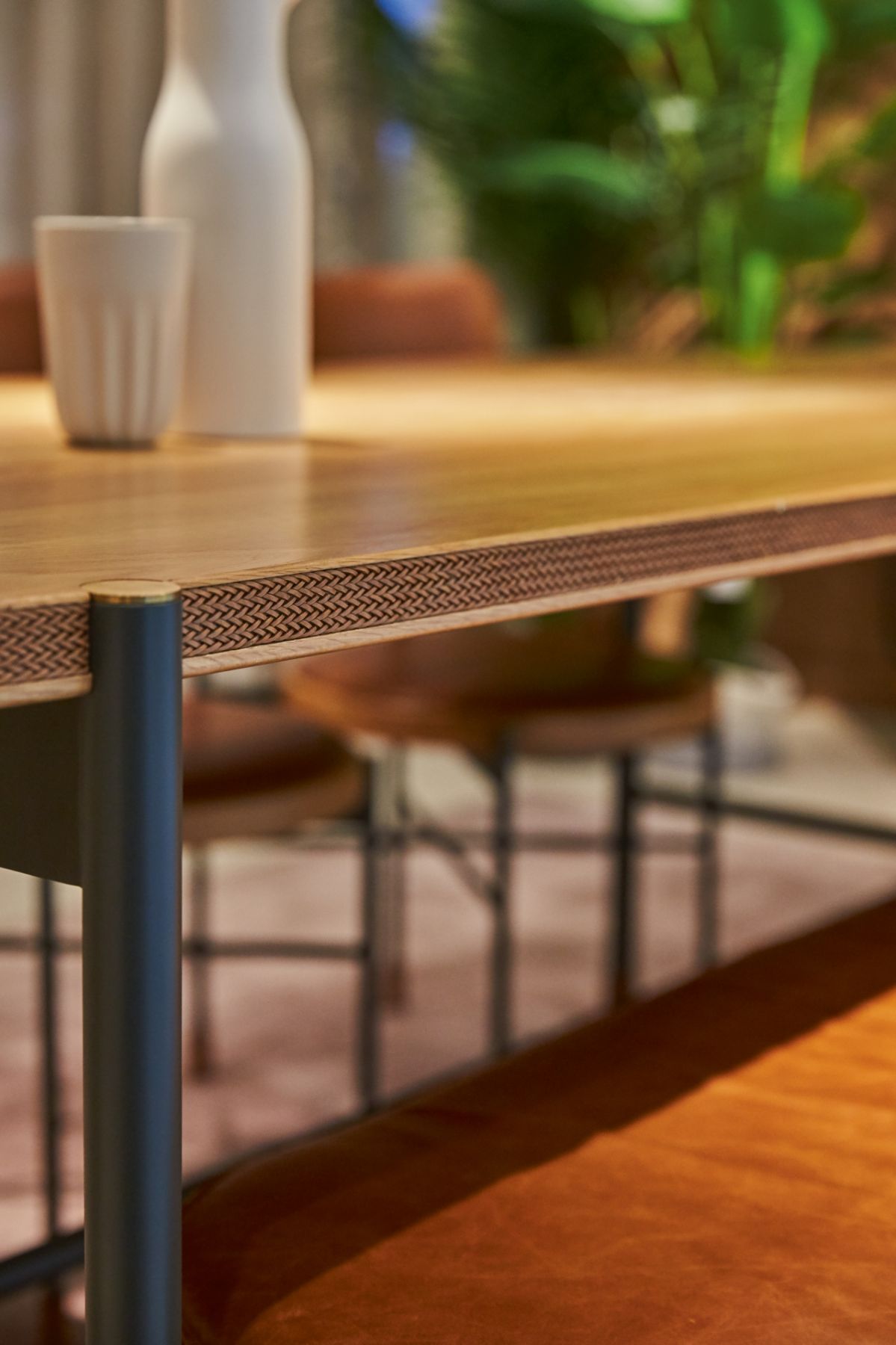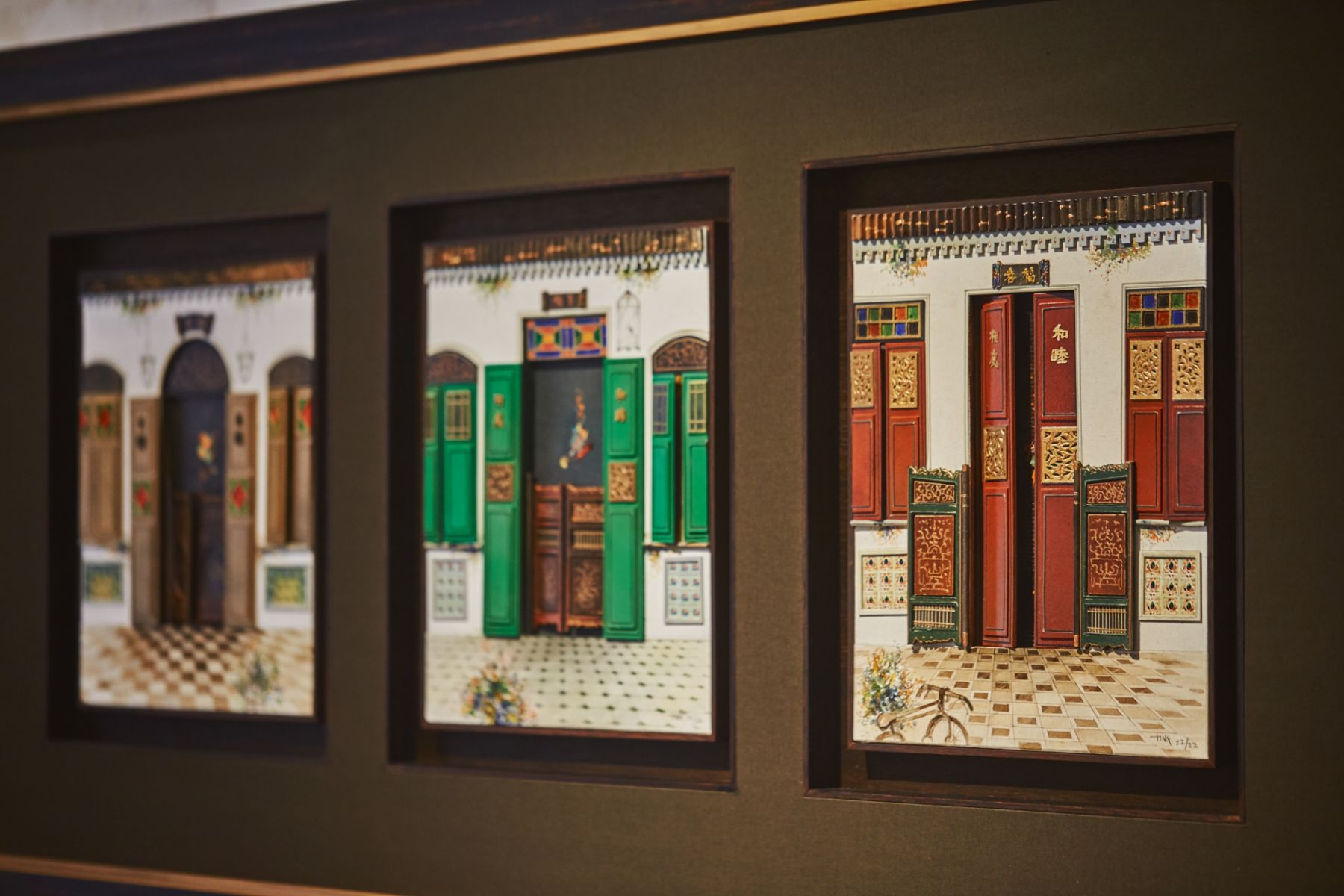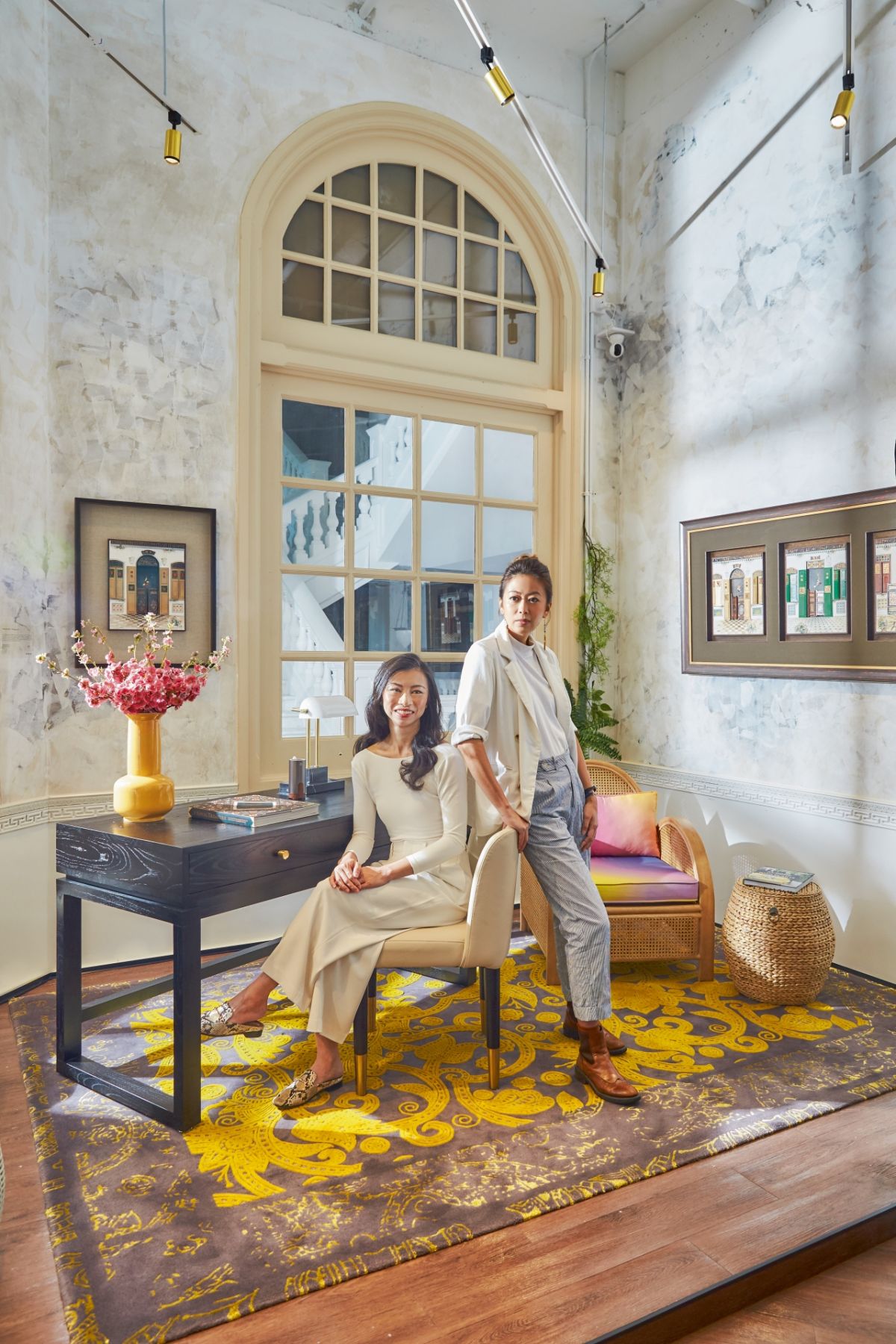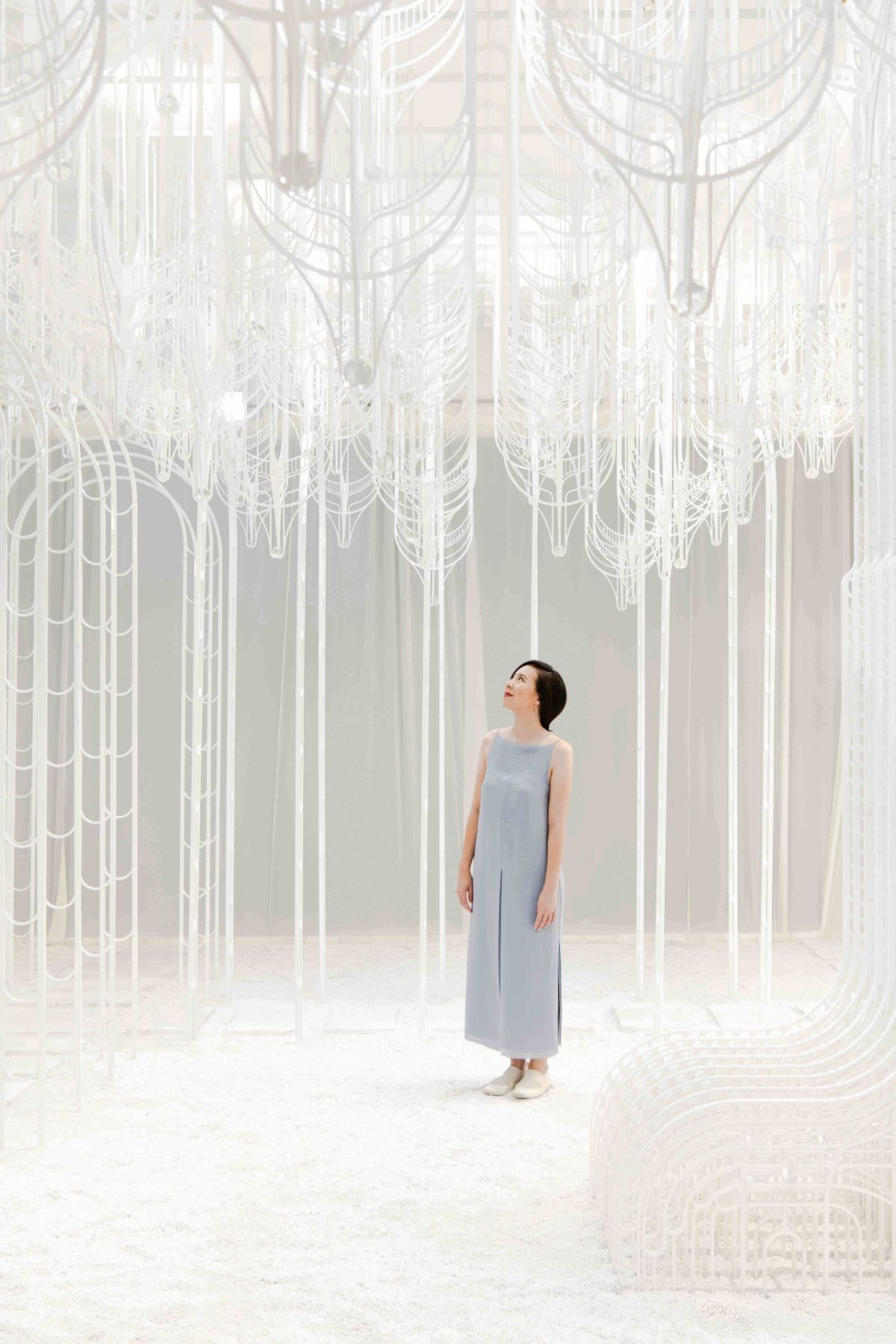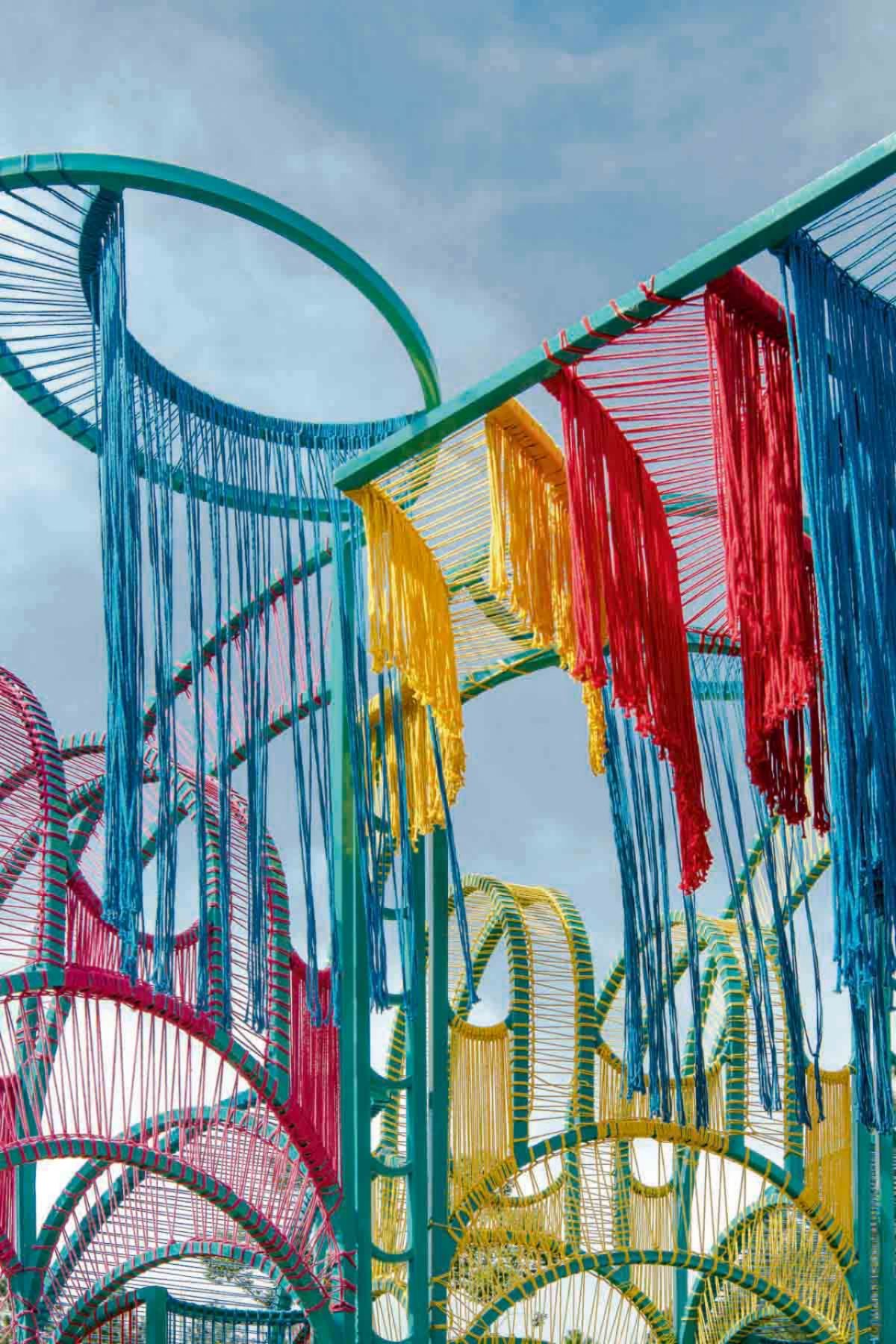Their clever mix of old and new resulted in almost instantaneous recognition among the design community. One of their early success stories was the Shang System—a concept that revolves around stacking the Deng stool, He drawers and Pan tray—which won a special commendation at the President’s Design Awards 2014. Recently, they developed the Xuan table, a mahjong table that can be converted into a console.
Over the years, Scene Shang has brought production closer to home to Malaysia, Indonesia and Singapore in a bid to showcase the richness of Southeast Asian craftsmanship. “I think people care about where things are made. We’re excited to see where we can take our designs and make them with regional materials, like our rattan range,” says Wong. “Producing locally allows us to form a relationship with the craftsmen here. It’s quite meaningful for us as it helps us to preserve culture in a contemporary way,” adds Ting. They’ve also worked with local textile makers such as Onlewo and Minor Miracles to infuse their designs with even more colour and wit.
While their two brick-and-mortar stores are seeing lower footfall, their adoption of digital strategies allowed them to thrive last year, as more people were working from home and looking to spruce up their spaces. They hope to resume their plans to bring their ingenious designs abroad soon: “We’ve been receiving online orders from around Asia and Europe, where sometimes the shipping cost is as much as the piece itself!”
sceneshang.com
Art direction by Charlene Lee; Photography by Jasper Yu, assisted by Evan Kong and Cheryl Lai-Lim; Grooming by Lydia Thong and Chris Siow of the Makeup Entourage, using Keune hair cosmetics and YSL Beauty
